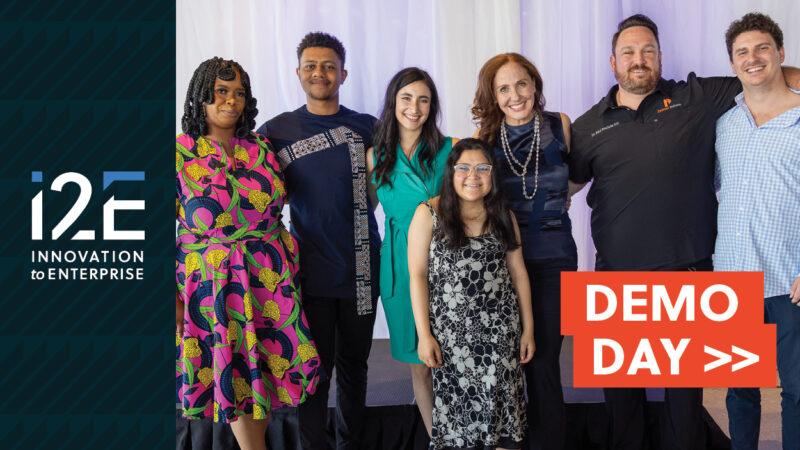Initiative gets underway in OKC to develop a ‘Nucleus’ hub
By Jim Stafford
Copyright © 2016, The Oklahoma Publishing Company
Every workday, the Oklahoma Health Center campus just east of downtown is home to almost 17,000 people who pursue medical education or work in health care, education and research-related jobs.
When their workday is done, they go home.
Now an initiative is underway to make the 325-acre campus more inviting as a place for people to linger after work by creating places to gather, eat, drink and perhaps even live.
The Oklahoma Health Center is home to world-renowned research institutions, hospitals and the various colleges of the University of Oklahoma Health Sciences Center.
In October, the Brookings Institute announced Oklahoma City as one of two pilot cities that are part of a study into developing an Innovation District. It already has held informational meetings and tours to gather ideas on just what that might look like.
As president of the Oklahoma Medical Research Foundation, Dr. Stephen Prescott has been an enthusiastic supporter of the Innovation District concept.
“One of our challenges right now is that the Health Sciences Center is not conducive to chance interactions,” Prescott said. “You don’t just bump into people. The idea here is to encourage this type of behavior by connectiveness and making places where people can meet and eat easily.”
Innovation Districts feature density in development, housing, walkability and amenities that draw people out of their laboratories and offices.
Brookings is working with Oklahoma City partners to determine how best to develop the Oklahoma Health Center campus and adjacent Automobile Alley into a vibrant Innovation District. The initiative includes the Oklahoma Health Center Foundation, the Greater Oklahoma City Chamber, the Presbyterian Health Foundation, the Alliance for Economic Development, i2E Inc. and OMRF.
Terry Taylor, president of the Oklahoma Health Center Foundation, describes the ultimate goal of an Innovation District as “placemaking.”
The current Health Center campus is full of wide streets, unconnected buildings and no place where people can live if they choose or even casually gather.
“We are looking to make better physical places within this geographic area,” Taylor said. “We can create a commercial area that will be a people place and will have different uses, different commercial activities. There can be a downtown center, for instance, a nucleus for people to come together when the come to get their lunch, their coffee, whatever. The benefits will be whatever spins off from all of that.”
Brookings also suggested taking bold steps to connect the Oklahoma Health Sciences campus to the Automobile Alley to the west, which would require building a “cap” over the six-lane Centennial Expressway.
That “cap” might be a pedestrian bridge, but also could even be a more ambitious park-like green space, said Roy Williams, president of the Greater Oklahoma City Chamber.
“Brookings said that will be the biggest transformation your community will ever make,” Williams said. “You will have eliminated a barrier.”
Another stakeholder is the Oklahoma Center for the Advancement of Science and Technology (OCAST), which is headquartered in the University of Oklahoma Research Park on the south end of the Oklahoma Health Center campus. The Research Park counts 43 private companies — many of them emerging startups — among its 54 tenants.
A formal Innovation District will tie all the key elements that spark new ideas and innovation, said Michael Carolina, OCAST executive director.
“An Innovation District to me means that research goes on, networking goes on, the opportunity for collaboration and partnerships goes on,” Carolina said. “It’s an integral part of growing the city’s research base, its industrial base and attracting young entrepreneurs.”
Said Scott Meacham, CEO at the not-for-profit i2E, which works with many of the state’s up-and-coming startup businesses, the “power of place” will define the area.
“I think when you look at the reality of what’s happening around us, we’ve got this power of place here,” Meacham said. “How do you recognize that and plan and foster and nurture the growth of that. I think that’s what the Innovation District is about.”
It’s clear that among its proponents, the Innovation District will serve as a hub for Oklahoma City’s innovators and, ultimately, tech-based startups. The only question is what the district will be called.
OMRF’s Prescott already is trying out the name “Nucleus,” after calling for suggestions in a newspaper column he wrote.
“I’m going to call it that until it’s rejected,” Prescott said with a laugh.








